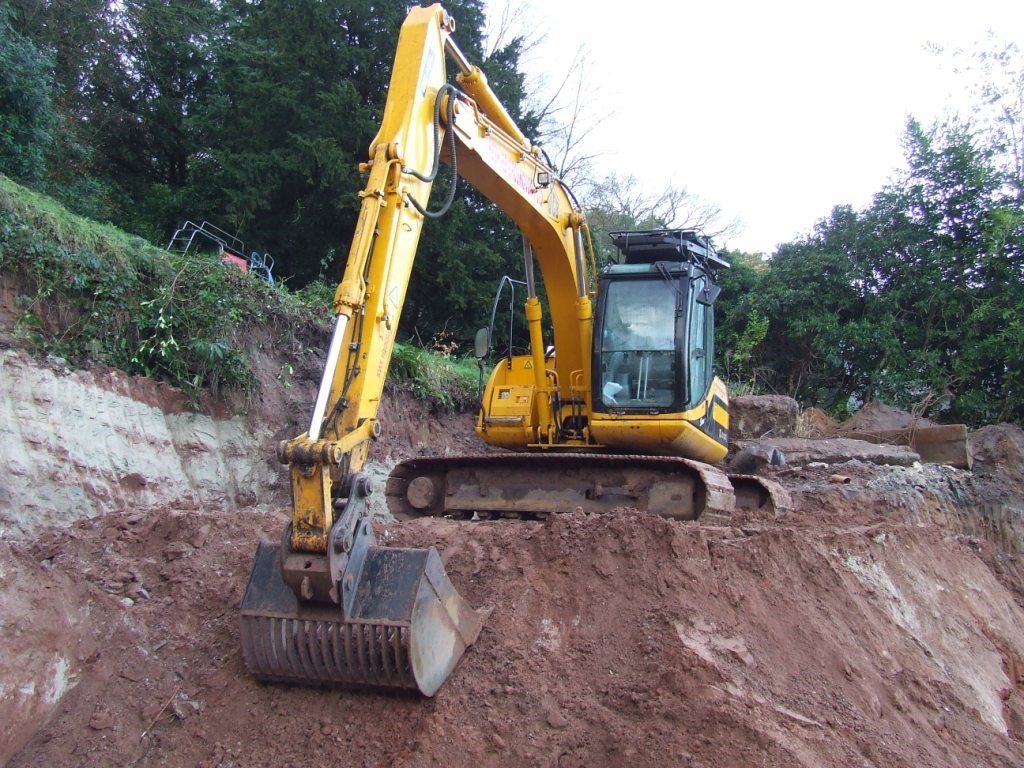What first time builders should know about groundworks
Self-build increasingly popular in the UK. But, if you are building for the first time, you may be worried. Here are some things to think about when looking at a new site – the foundations and drainage design, and how you can use a good base to add value and improve the finished product.
Previous land use
When you buy land, you may know its prior use and so may have given some thought to what it might mean for your soil conditions. For example, was it once a gas station that has a tank buried in it, is it near an old mining area, or perhaps has filler soil? If you do not know, you can find out through the Land Registry to provide insight into what to expect in the ground. Talking to neighbours can also be really useful as they often say things that you would not find officially. It is also good to establish good relationships with neighbours before building. For more information on Groundwork companies Bristol, visit a site like Chew Valley Construction, a top Bristol Groundwork company.

Site survey
Obviously, knowing the type of soil, soil conditions and topography is very important so that architects and structural engineers can design the basics that are right for your new home. Beyond selecting the basic foundations of your site, survey results will have an impact beyond the basic engineering solutions. For example, if you know you have neighbours’ drains or major utilities running through your site, you may want to accommodate this so you leave it undisturbed, or you might need to allow the necessary approvals to build on it, close it, or move it.
A word about trees too – always check if there is a preservation order before you remove any trees. If there are large trees, you need to think about the plan for their removal as well as the stump once its ground down and take this into account in the design phase.
As well as having an impact on the design, your soil should be tested to make sure you dispose of your materials from the site in accordance with the regulations of the Environment Agency’s control of waste. Soil is graded so that it can removed to the correct place, such as landfill for normal soil and other disposal sites for contaminated soil.

Sustainability and the environment
On some sites, you may also need to consider attenuation solutions. These are areas that can hold excessive rainfall, then allowing for it for it to be dispersed slowly and effectively into nearby drainage or streams, for example. This helps to lower the flood risk. For some sites, for example, where the existing infrastructure has been overwhelmed drainage or in built up areas where surface water is not naturally able to dissolve, it may be a necessity.

